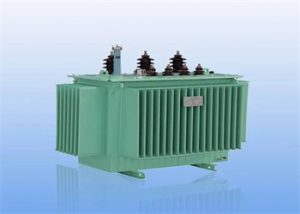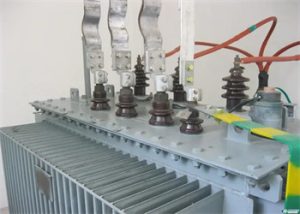Low-voltage transformers are an integral part of any electrical system and are crucial in converting voltage levels. They are used in various applications, ranging from household appliances to industrial machinery, ensuring efficient power distribution and utilization. This article will explore the working, types, and important considerations of low-voltage transformers.

Working of Low Voltage Transformers
Low-voltage transformers work based on the principle of electromagnetic induction. When an alternating current (AC) flows through a primary winding, it creates a varying magnetic field, which induces a voltage in the secondary winding. This process converts the input voltage to a different output voltage, either higher or lower, depending on the configuration of the transformer.
Types of Low-Voltage Transformers
Several types of low-voltage transformers are available based on their applications and characteristics. Some common types include:
- Non-isolated: These transformers have their primary and secondary windings wound together on the same core. They are used in applications where the secondary voltage is lower than the primary voltage.
- Isolated: In this type, the primary and secondary windings are wound separately on different cores, which are magnetically coupled. They are used when isolation is required between the primary and secondary circuits.
- Autotransformers: These transformers have only one winding and provide both the input and output voltage from the same winding. They are used for voltage regulation or for providing a stepped-up or stepped-down voltage from a single-phase supply.
Important Considerations
Several factors must be considered when selecting or using low-voltage transformers to ensure safe and efficient operation. Some important considerations include:
- Voltage Ratings: The voltage ratings of the transformer must be chosen based on the desired output voltage and the maximum input voltage that the transformer can handle.
- Current Ratings: The current ratings should be chosen based on the maximum output current required to avoid overheating and damage to the transformer.
- Inductance and Reactance:The inductance and reactance values of the transformer should be considered to ensure proper operation with other components in the circuit.
- Efficiency: The efficiency of the transformer is crucial in determining power losses and heat generation. Selecting a highly efficient transformer can help reduce energy losses and improve overall system performance.
- Physical Size: The physical size of the transformer should be considered based on space constraints and installation requirements. Transformers come in various sizes and shapes to suit different applications.
- Heat Management: Heat generated during operation can affect the performance and lifespan of the transformer. Proper heat dissipation measures should be taken to ensure reliable operation and prevent overheating.

High-quality Transformer Supplier
PDDN Photoelectron Technology Co., Ltd. focuses on the research, development, and application of power electronics technology and is devoted to supplying customers with high-quality transformers and other power products. Our company mainly has oil-immersed, low-voltage, dry-type, and other transformer types. The transformers provided by PDDN Photoelectron Technology Co., Ltd. have the characteristics of high efficiency, safety, and reliability and are widely used in power systems, industrial control, energy management, and other fields.
It accepts payment via Credit Card, T/T, West Union, and Paypal. PDDN will ship the goods to customers overseas through FedEx, DHL, by sea, or by air. Please inquire if you want a high-quality transformer; we will help.